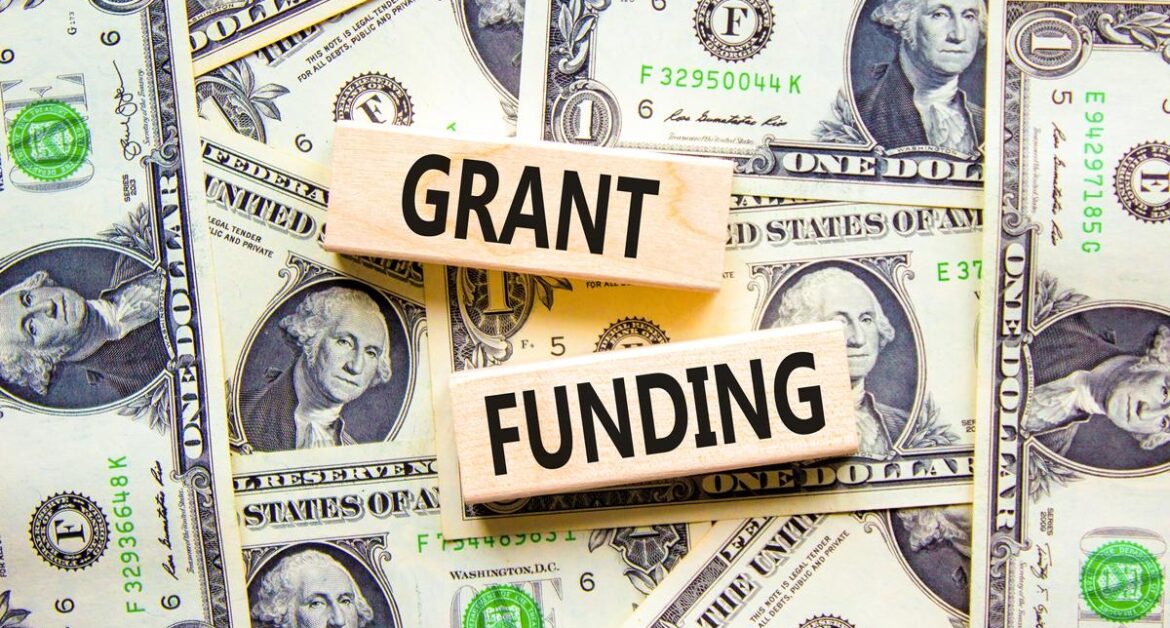
Introduction:
In the realm of nonprofit organizations, academia, and research, securing grant funding is often the lifeblood that drives projects and innovation. The challenge, however, lies in the fierce competition and stringent requisites for these grants. This case study delves deep into effective strategies and solutions for grant writing, underscored by real-world examples, and is crafted to engage both seasoned professionals and novices in the field. Additionally, this content is optimized with SEO-friendly practices to ensure maximum reach and impact.

Case Study: “Project Hope – Reviving Communities Through Holistic Engagement”
Background:
“Project Hope” was an initiative launched by a budding non-profit organization aimed at revitalizing low-income communities through education, healthcare, and sustainable employment opportunities. Despite the nobility of their cause, they faced a significant hurdle: a lack of funding. Their initial grant applications received rejections across the board, which brought them to the brink of giving up.
Challenges:
1. Unclear Objectives: The initial proposals were vague, lacking specific, measurable, achievable, relevant, and time-bound (SMART) goals.
2. Poorly Defined Target Demographics: The communities they intended to serve were not clearly defined, making it difficult for grantors to understand the impact potential.
3. Inadequate Outcome Presentation: There was a disconnect in showcasing the project’s long-term benefits for both the communities involved and the broader societal implications.
4. Missing Collaborative Efforts: The proposals did not mention any partnerships with local authorities or other non-profits, an element that could have significantly elevated their legitimacy and scope of impact.

Strategies and Solutions:
1. Holistic Needs Assessment and SMART Objectives: The organization conducted thorough research to understand the communities’ needs. The new proposal included data-driven objectives, each following the SMART criteria, making the goals more tangible and the project more compelling.
2. Engaging Storytelling with Beneficiary Impact: Real-life stories from community members were incorporated to paint a vivid picture of the dire circumstances and potential life-changing outcomes. This emotional connection complemented the hard data, making a more persuasive argument.
3. Detailed Evaluation Plan: The proposal articulated a clear, detailed plan for evaluating and measuring success, using both qualitative and quantitative metrics. This transparency demonstrated their commitment to accountability and continuous improvement.
4. Partnerships and Collaborations: They forged strategic partnerships with local authorities and other non-profits, enhancing the project’s credibility and projected impact. This collaborative spirit was reflected in the revised grant proposals.
Outcome:
The revamped grant proposal resonated with several grantors, highlighting both the depth of need and the potential for profound societal impact. “Project Hope” secured funding that exceeded their initial ask, allowing for a more comprehensive approach and the ability to scale their efforts beyond the original scope.
Key Takeaways:
1. Precision and Clarity: Clearly defined objectives, backed with a detailed evaluation plan, are crucial in showcasing the seriousness and feasibility of a project.
2. Emotional Connection: Humanizing data through real-life stories creates an emotional appeal, helping potential funders understand and feel the impact of their contribution.
3. Collaboration Is Key: Demonstrating a collaborative spirit, especially with established entities, builds credibility and amplifies the potential success of a project.
Conclusion:
Securing grant funding is more than just an act of writing; it’s an art that combines concrete data with compelling storytelling, a clear demonstration of value, and evidence of broad-scale impact. As seen in the “Project Hope” case study, revamping their approach by setting clear objectives, establishing emotional connections through real-life relevance, and leveraging partnerships was instrumental in their success. These strategies, pivotal for crafting compelling grant proposals, are beneficial for organizations aiming to make a substantial difference through their initiatives.
For More Consulting Case Studies Subscribe to my Email Newsletter.
Contact me for Free Non-Profit Consulting
- Name: Ruchit Parekh
- Contact: +1 347-245-5946
- Email: ruchitparekh12@gmail.com
- www.ruchitparekh.com
